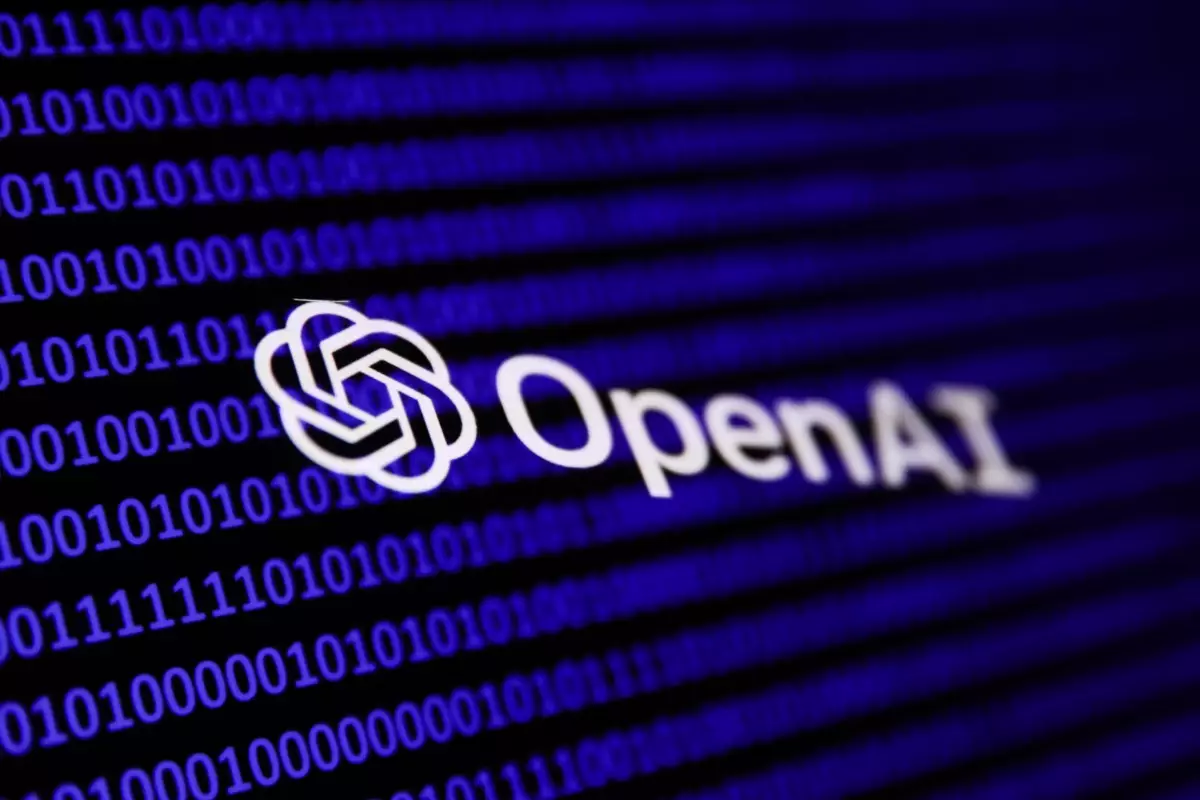OpenAI’s ambition to unveil its highly anticipated language model, GPT-5, seems to be facing significant hurdles as outlined in a recent Wall Street Journal report. This news brings to light an ongoing narrative of complexity and unpredictability in the realm of AI development. Unlike previous iterations, GPT-5’s progress has been impeded by a combination of technical challenges and escalating costs, raising questions about its overall viability and market readiness.
After 18 months of development under the project name Orion, early results suggest that GPT-5 may not live up to the expectations set by its predecessors. Although OpenAI has conducted at least two substantial training runs, the results thus far are lackluster. The initial run faced obstacles that slowed down the process, indicating that further, more extensive training sessions could escalate both the time and financial resources required. Consequently, this has led to skepticism regarding the model’s readiness for practical use, especially when the enhancements over earlier versions do not appear significant enough to warrant the economic strain associated with its development.
One of the distinguishing aspects of OpenAI’s approach to GPT-5 involves a more diversified strategy in data acquisition. Rather than solely depending on existing publicly available datasets, the company has pivoted towards creating proprietary data. This includes hiring experts to generate fresh content through coding exercises and mathematical problem-solving. Furthermore, they are also leveraging synthetic data produced by their own models, such as o1, which indicates an innovative approach to overcome the limitations of traditional data sources. However, the effectiveness of such methods remains to be seen, and questions about whether this data will enhance the model’s capabilities linger.
The financial ramifications tied to the launch of GPT-5 are profound. With each iteration requiring substantial investment, the pressure on OpenAI escalates as they strive to deliver something markedly superior. Critics point out that if the advancements do not justify the increased expenditure, this could represent a significant setback for the company. As OpenAI balances its ambition to innovate and its financial viability, it stands at a crossroads that could shape the future of its competitive stance in the AI landscape.
The path towards GPT-5’s release appears fraught with challenges that may delay its potential launch. The innovations in data acquisition methods represent a forward-thinking approach but also come with their complexities. As OpenAI navigates these turbulent waters, the tech community watches closely, eager to see whether the company can rise to the occasion and present a breakthrough model that lives up to the GPT legacy. The future remains uncertain as they race against time and expectations, but the journey itself could yield valuable insights for the broader AI field.

